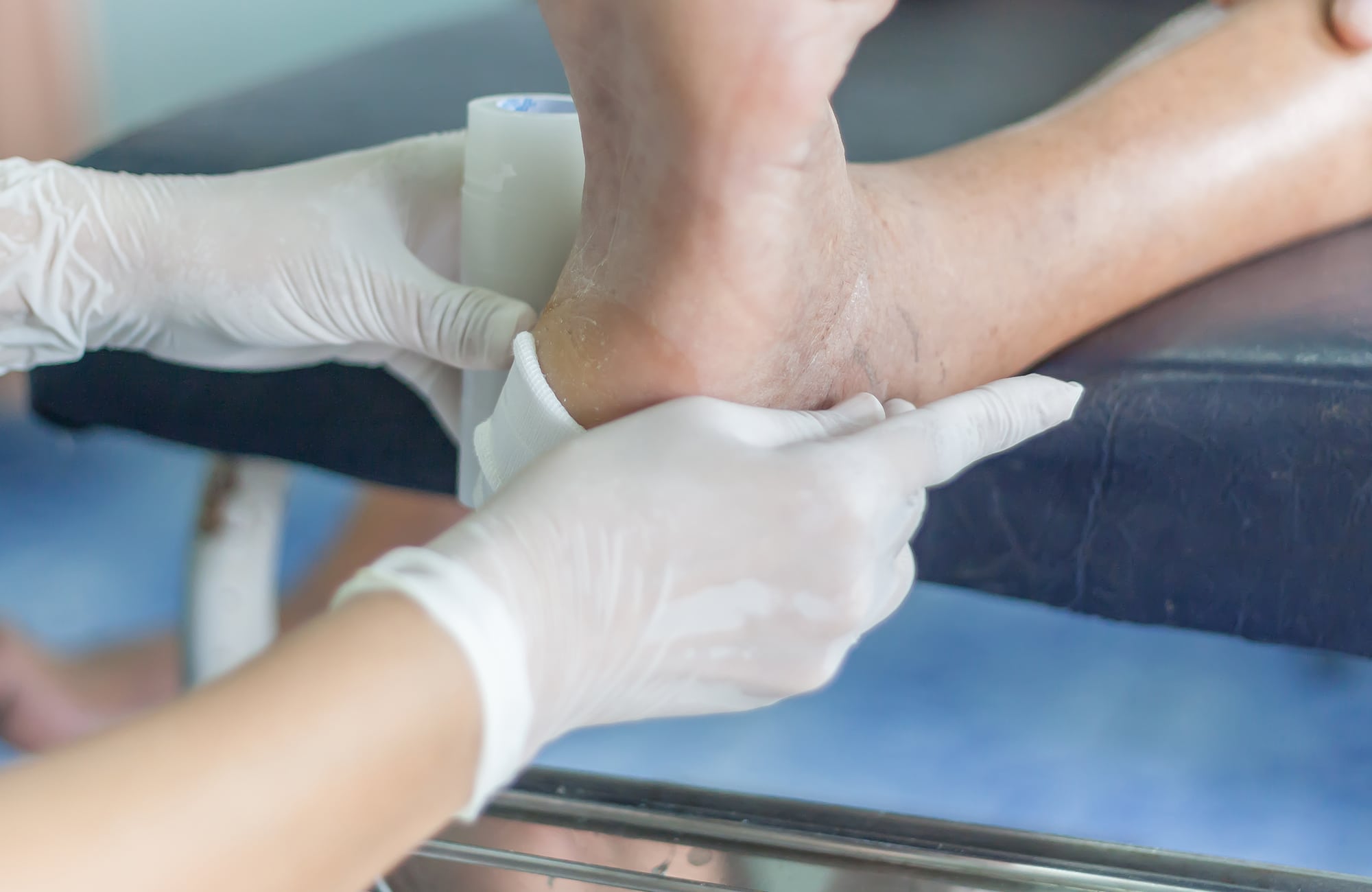- Highly Qualified Professionals
- 50+ Years of Orthotic Experience
- Trusted by Thousands of Kiwis
Diabetic Footcare
Looking for quality shoes that offer extra width and depth to help alleviate the challenges of diabetic and rheumatoid feet? Look no further than our impressive selection of stock and custom built footwear.
Our team of experts takes the time to assess your unique needs including lifestyle, activities, occupation, and hobbies when prescribing the right solution for your optimal level of comfort.
With our streamlined treatment plans, you’ll be back to living your best life with minimal disruption in no time.

Reclaim your lifestyle
If you have diabetes and do not take precautions to maintain healthy feet, you are likely to suffer foot problems caused by nerve damage, poor circulation and infections. Diabetes decreases blood flow, so injuries are slow to heal.
Orthotic Products include:
Signs and symptoms
If you have any of the following signs and symptoms, then seek professional assistance:
- Burning, tingling or pain
- Red spots, blisters, calluses, ulcers or infected corns or nails
- Slow-healing sores
- Tenderness and swelling
- Hair loss on your toes, feet or lower legs
- Red streaks or change in the skin colour or general appearance of your feet
- Numbness, loss of sensation to heat, cold or touch
- Bad circulation
- Infections
- A small wound or blister that won’t heal
If you find that getting out and about is a painful experience, make a booking or visit Orthotic House today.
Early prevention can reduce your chance of problems
Foot care
- Check your feet and toes, including the tops, sides, soles and heels, for any cracked skin, redness, sores, cuts, blisters and bruises
- Use a mirror or ask for help if needed
Wash your feet
- Daily in warm water with a gentle soap
- Harsh soaps and hot water can damage your skin.
- Use your elbow to check the water temperature because your diabetes may make it difficult to sense the temperature with your feet
Dry your feet
- Infection develops in moist areas. Pat your feet dry, including the area between your toes
Moisturise dry skin
- Use a natural moisturiser if your feet feel dry or rough. Do not use moisturiser between your toes





